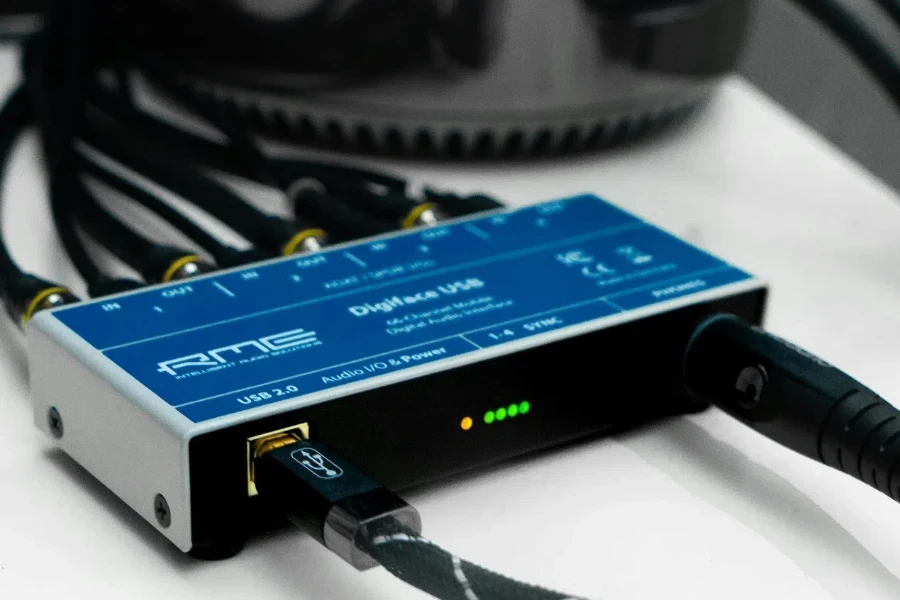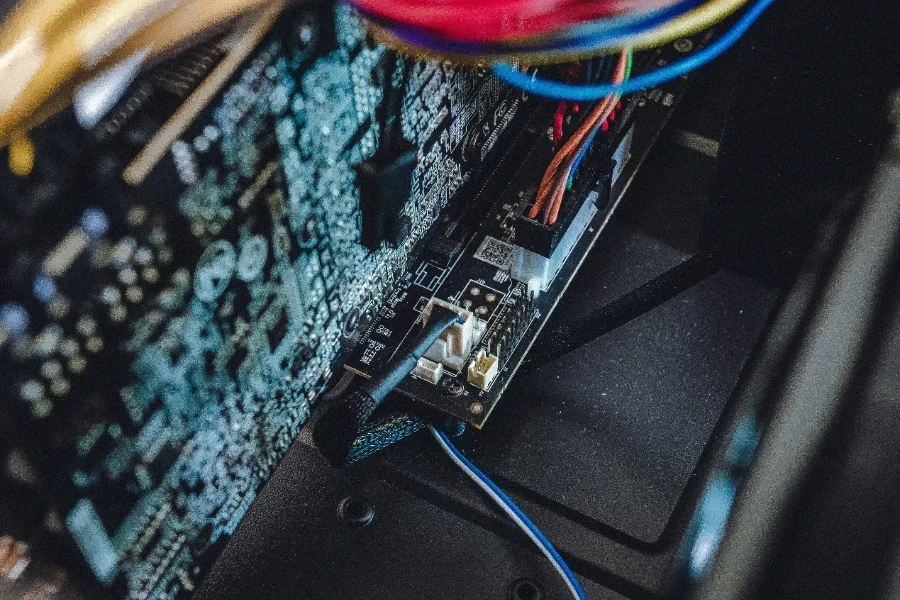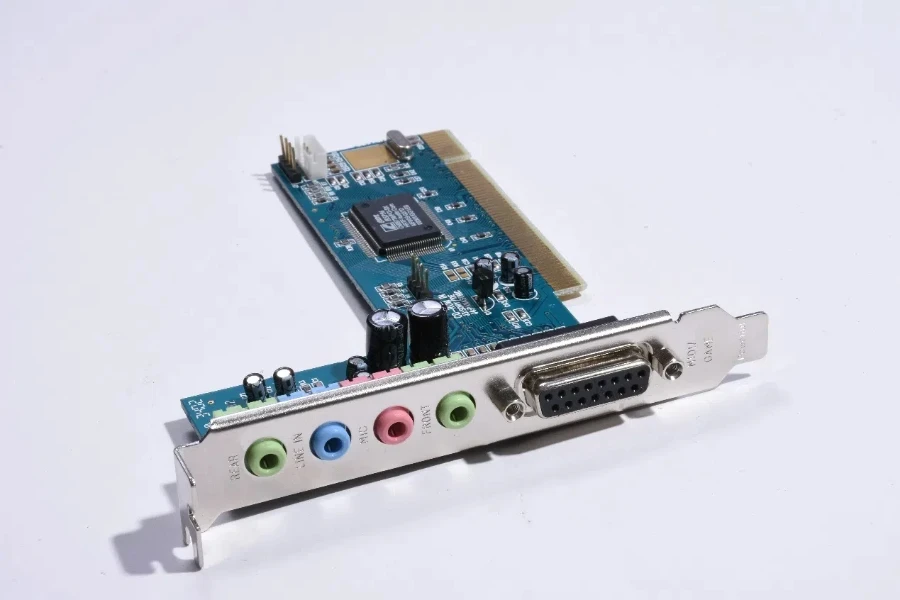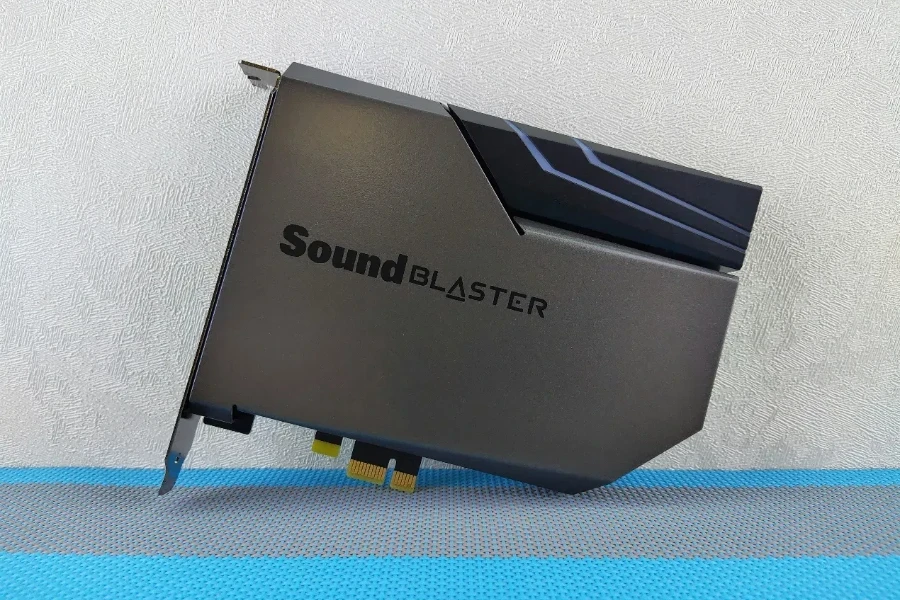In the realm of consumer electronics, sound cards hold a unique position. They bridge the gap between digital data and the sensory experience of sound, transforming zeros and ones into audio you can feel. This article peels back the layers of technology behind sound cards, shedding light on why they remain a critical component for audiophiles, gamers, and multimedia professionals alike. Join us as we navigate through the core aspects that users care about, offering insights and understanding to enrich your audio journey.
Table of Contents:
– Understanding sound card technology
– The importance of audio quality
– Compatibility considerations
– Features to enhance your experience
– Choosing the right sound card for your needs
Understanding sound card technology

Sound cards are fascinating pieces of technology. At their core, they are digital-to-analog converters (DACs), translating digital audio data into analog signals that headphones or speakers can interpret. This process is crucial for any digital device emitting sound, from computers to mobile phones. However, what sets apart high-quality sound cards is their ability to preserve audio fidelity, minimizing distortion and noise.
The evolution of sound card technology has been driven by a relentless pursuit of clarity and precision. Modern sound cards offer a range of functionalities, from multi-channel audio support to advanced DSP (Digital Signal Processing) capabilities. These features allow for an immersive audio experience, whether you’re engrossed in a cinematic masterpiece, engaged in competitive gaming, or lost in the nuances of a symphony.
Furthermore, sound cards serve as the heart of audio production and editing setups. They provide the necessary inputs and outputs for recording equipment, and their high-quality DACs ensure that what you hear is a true representation of the original sound. For creatives and professionals, the right sound card is not just an accessory but a fundamental tool in their arsenal.
The importance of audio quality

Audio quality is not merely a matter of personal preference; it’s a critical component of the immersive experience. High-quality audio can elevate a mundane activity into something extraordinary. Sound cards play a pivotal role in this transformation by ensuring that the audio is not just heard but felt.
The significance of audio quality extends beyond the realm of entertainment. In professional settings, clear and accurate sound can be the difference between a successful project and a missed opportunity. For instance, in video production, the clarity of dialogue, the depth of ambient sounds, and the impact of the soundtrack all contribute to the storytelling process.
Moreover, the pursuit of high-fidelity sound has led to the development of various audio formats and technologies. Sound cards that support these formats can unlock new dimensions of sound, revealing details and textures that were previously obscured. For audiophiles and enthusiasts, this pursuit of perfection is a journey with sound cards as their companions.
Compatibility considerations

When contemplating the addition of a sound card to your setup, compatibility emerges as a crucial factor. It’s not just about the physical fit into your computer’s motherboard but also about the harmonious operation with your operating system and software applications. Compatibility ensures that your sound card not only functions but excels in its role.
The landscape of computing is diverse, with a wide range of systems and configurations. A sound card that is versatile and adaptable can seamlessly integrate into various environments, providing consistent and reliable performance. This adaptability is especially important for users who operate across multiple platforms or who plan to upgrade their systems in the future.
Furthermore, the compatibility of sound cards with other audio components, such as headphones and speakers, cannot be overlooked. The synergy between these elements is essential for achieving optimal audio quality. Sound cards that offer flexible connectivity options and support for different audio standards can greatly enhance the user experience, making them a valuable addition to any audio setup.
Features to enhance your experience

Beyond the basic functionality of converting digital audio to analog, sound cards come equipped with a range of features designed to enhance your listening experience. These features, from software-based equalizers to hardware-driven surround sound emulation, allow users to tailor the audio output to their preferences and the demands of different applications.
One notable feature is the support for virtual surround sound, which can simulate a multi-speaker setup through headphones. This technology is particularly appealing to gamers and movie enthusiasts, as it can provide a more immersive and engaging experience. Similarly, audiophiles might appreciate sound cards with high-resolution audio support, capable of delivering sound quality that surpasses CDs.
Additionally, many sound cards offer customizable settings through software interfaces. These settings can adjust various aspects of the audio output, from the overall volume to the balance between frequencies. Such flexibility empowers users to create personalized audio environments, optimizing their listening experience according to their specific needs and preferences.
Choosing the right sound card for your needs

Selecting the ideal sound card is a journey that requires careful consideration of your audio requirements and preferences. The first step is to assess the primary use case, whether it be gaming, music production, or casual listening. Each scenario might prioritize different features, from low latency for real-time applications to high fidelity for studio-quality sound.
Budget also plays a significant role in the decision-making process. While it’s tempting to aim for the highest specifications, it’s important to balance cost with the benefits that a sound card will bring to your setup. Sometimes, a mid-range model can offer the best value, providing the necessary features without the premium price tag.
Lastly, consider the future of your audio journey. A sound card that offers room for expansion, either through software updates or modular hardware, can adapt to your evolving needs. This forward-thinking approach ensures that your investment remains relevant and supportive of your passion for sound, long into the future.
Conclusion:
Sound cards are more than just components; they are the gatekeepers of audio excellence in the digital world. By understanding the technology behind them, prioritizing audio quality, considering compatibility, exploring features, and carefully choosing the right model, you can elevate your audio experience to new heights. Whether you’re a professional, an enthusiast, or someone who simply appreciates good sound, the perfect sound card is out there, waiting to transform your auditory landscape.



